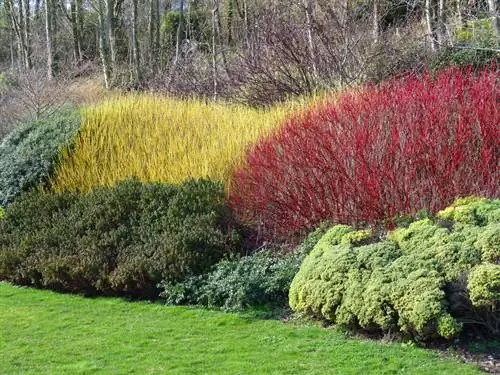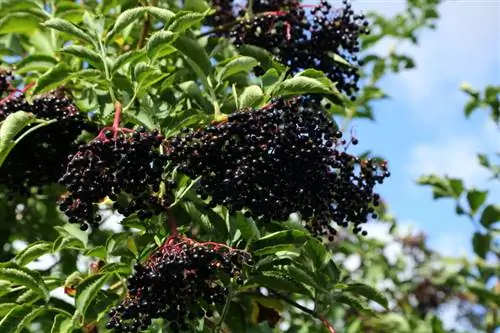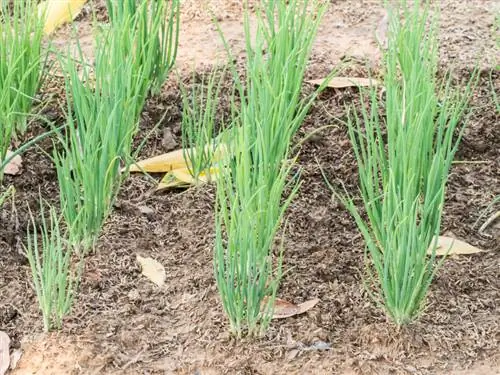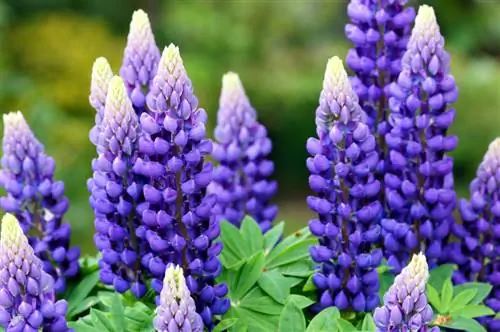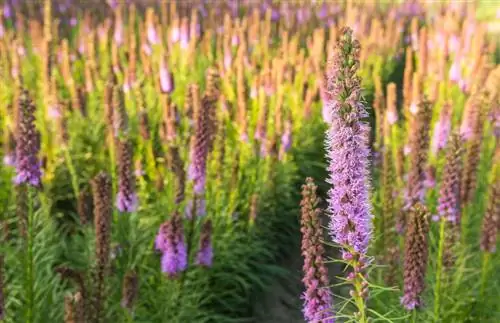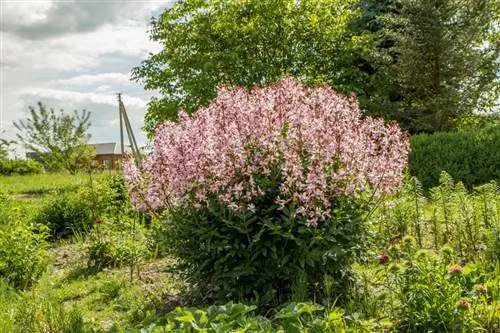- Author admin [email protected].
- Public 2023-12-16 16:46.
- Last modified 2025-01-23 11:20.
The red dogwood (Cornus sanguinea) - also known as the blood-red dogwood - belongs to the domestic, very species-rich genus of dogwoods (Cornus). The shrub, up to five meters high and several meters wide, is often found in sparse mixed and deciduous forests, but is also often planted as a dense hedge in gardens. The tree, also known as dogberry, is quite undemanding in terms of its location as long as the soil is loose and well-drained.
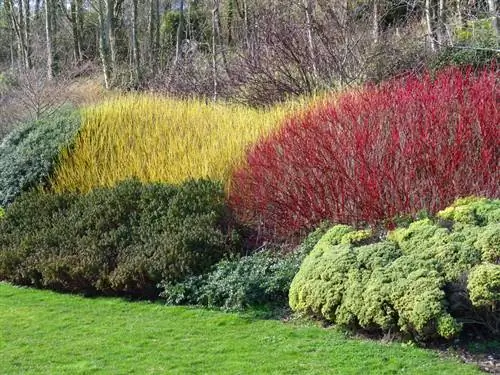
What location does the red dogwood need?
The ideal location for the red dogwood (Cornus sanguinea) is a sunny to partially shaded place with loose, well-drained soil. It thrives well on slightly acidic to slightly alkaline, sandy to loamy soils.
Red dogwood is quite undemanding
Basically, dogwood plants prefer a sunny to semi-shady location, although some varieties - such as the red dogwood - also thrive in a shady spot. However, you are guaranteed not to do anything wrong if you place the plant in light partial shade. The red dogwood is also quite undemanding when it comes to soil, as it thrives on both slightly acidic and slightly alkaline, sandy to loamy soils. The subsoil should only be permeable, not too moist and moderately nutrient-rich.
Tip
Although the roots, bark and leaves of the red dogwood are poisonous, its ripe fruits can - if cooked - be made into jam and juice.

